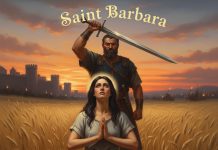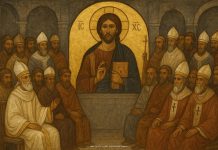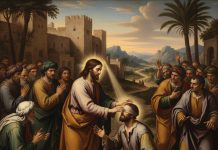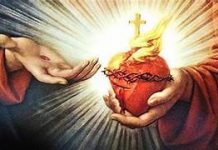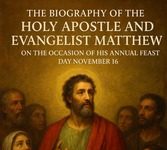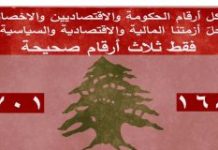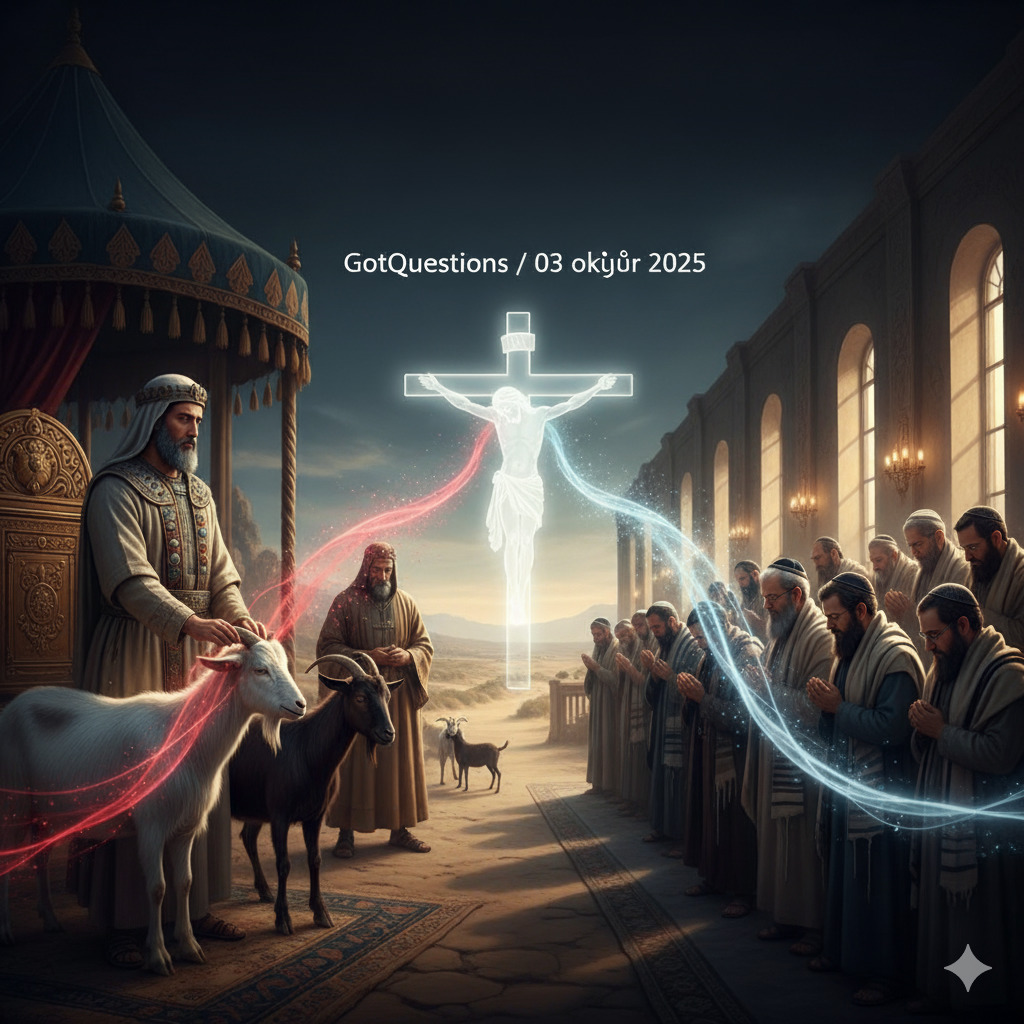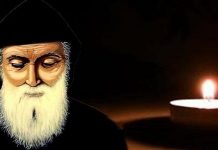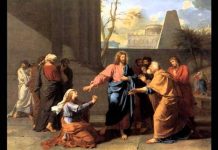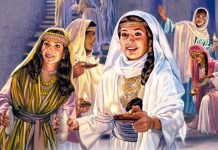ما هو يوم الكفارة (يوم كيبور)؟
GotQuestionsموقع/03 تشرين الأول/2025 (ترجمة موقع المنسقية)
Question: “What is the Day of Atonement (Yom Kippur)?”
GotQuestions/October 03/2025
Answer: The Day of Atonement (Leviticus 23:27-28), also known as Yom Kippur, was the most solemn holy day of all the Israelite feasts and festivals, occurring once a year on the tenth day of Tishri, the seventh month of the Hebrew calendar. On that day, the high priest was to perform elaborate rituals to atone for the sins of the people. Described in Leviticus 16:1-34, the atonement ritual began with Aaron, or subsequent high priests of Israel, coming into the holy of holies. The solemnity of the day was underscored by God telling Moses to warn Aaron not to come into the Most Holy Place whenever he felt like it; he could only come on this special day once a year, lest he die (v.2). This was not a ceremony to be taken lightly, and the people were to understand that atonement for sin was to be done God’s way.
Before entering the tabernacle, Aaron was to bathe and put on special garments (v. 4), then sacrifice a bull for a sin offering for himself and his family (v. 6, 11). The blood of the bull was to be sprinkled on the ark of the covenant. Then Aaron was to bring two goats, one to be sacrificed “because of the uncleanness and rebellion of the Israelites, whatever their sins have been” (v. 16), and its blood was sprinkled on the ark of the covenant. The other goat was used as a scapegoat. Aaron placed his hands on its head, confessed over it the rebellion and wickedness of the Israelites, and sent the goat out with an appointed man who released it into the wilderness (v. 21). The goat carried on itself all the sins of the people, which were forgiven for another year (v. 30).
The symbolic significance of the ritual, particularly to Christians, is seen first in the washing and cleansing of the high priest, the man who released the goat, and the man who took the sacrificed animals outside the camp to burn the carcasses (v. 4, 24, 26, 28). Israelite washing ceremonies were required often throughout the Old Testament and symbolized the need for mankind to be cleansed of sin. But it wasn’t until Jesus came to make the “once for all” sacrifice that the need for cleansing ceremonies ceased (Hebrews 7:27). The blood of bulls and goats could only atone for sins if the ritual was continually done year after year, while Christ’s sacrifice was sufficient for all the sins of all who would ever believe in Him. When His sacrifice was made, He declared, “It is finished” (John 19:30). He then sat down at the right hand of God, and no further sacrifice was ever needed (Hebrews 10:1-12).
The sufficiency and completeness of the sacrifice of Christ is also seen in the two goats. The blood of the first goat was sprinkled on the ark, ritually appeasing the wrath of God for another year. The second goat removed the sins of the people into the wilderness where they were forgotten and no longer clung to the people. Sin is both propitiated and expiated God’s way—only by the sacrifice of Christ on the cross. Propitiation is the act of appeasing the wrath of God, while expiation is the act of atoning for sin and removing it from the sinner. Both together are achieved eternally by Christ. When He sacrificed Himself on the cross, He appeased God’s wrath against sin, taking that wrath upon Himself: “Since we have now been justified by his blood, how much more shall we be saved from God’s wrath through him!” (Romans 5:9).
The removal of sin by the second goat was a living parable of the promise that God would remove our transgressions from us as far as the east is from the west (Psalm 103:12) and that He would remember them no more (Hebrews 8:12; 10:17). Jews today still celebrate the annual Day of Atonement, which falls on different days each year in September-October, traditionally observing this holy day with a 25-hour period of fasting and intensive prayer. Jews also often spend most of the day in synagogue services.
ما هو يوم الكفارة (يوم كيبور)؟
GotQuestionsموقع/03 تشرين الأول/2025 (ترجمة موقع المنسقية)
الجواب: كان يوم الكفارة (لاويين 23: 27-28)، المعروف أيضًا بيوم كيبور، أقدس الأعياد الإسرائيلية وأكثرها وقارًا، ويحل مرة واحدة في السنة في اليوم العاشر من تشري، الشهر السابع من التقويم العبري. في ذلك اليوم، كان على الكاهن الأكبر أن يؤدي طقوسًا معقدة للتكفير عن خطايا الشعب. ووفقًا لما هو موصوف في اللاويين 16: 1-34، بدأت طقوس الكفارة بدخول هارون، أو الكهنة الكبار اللاحقين لإسرائيل، إلى قدس الأقداس. وقد تأكدت قدسية اليوم بتحذير الله لموسى بأن يحذر هارون من دخول قدس الأقداس متى شاء؛ بل يمكنه الدخول في هذا اليوم الخاص مرة واحدة فقط في السنة، لئلا يموت (الآية 2). لم يكن هذا احتفالًا يؤخذ باستخفاف، وكان على الشعب أن يفهم أن الكفارة عن الخطية يجب أن تتم بطريقة الله.
قبل دخول الخيمة، كان على هارون أن يغتسل ويلبس ثيابًا خاصة (الآية 4)، ثم يذبح ثورًا كذبيحة خطية لنفسه ولعائلته (الآية 6، 11). كان دم الثور يرش على تابوت العهد. ثم كان على هارون أن يأتي بتيسين، أحدهما يذبح “بسبب نجاسة بني إسرائيل وتمرداتهم، مهما كانت خطاياهم” (الآية 16)، ويرش دمه على تابوت العهد. أما التيس الآخر فكان يستخدم ككبش فداء. كان هارون يضع يديه على رأسه، ويعترف عليه بتمرد وعصيان بني إسرائيل، ويرسل التيس مع رجل معين يطلقه في البرية (الآية 21). حمل التيس على نفسه كل خطايا الشعب، التي غفرت لسنة أخرى (الآية 30).
تتجلى الأهمية الرمزية للطقوس، خاصة بالنسبة للمسيحيين، أولاً في غسل وتطهير الكاهن الأكبر، والرجل الذي أطلق التيس، والرجل الذي أخذ الحيوانات المضحى بها خارج المخيم لحرق الجثث (الآية 4، 24، 26، 28). كانت طقوس الغسل الإسرائيلية مطلوبة غالبًا في جميع أنحاء العهد القديم ورمزت إلى حاجة البشرية للتطهير من الخطيئة. ولكن لم تتوقف الحاجة إلى طقوس التطهير إلا عندما جاء يسوع ليقدم الذبيحة “مرة واحدة وللجميع” (عبرانيين 7:27). كان دم الثيران والتيوس يمكن أن يكفر عن الخطايا فقط إذا تم الطقس باستمرار سنة بعد سنة، بينما كانت ذبيحة المسيح كافية لجميع خطايا كل من يؤمن به. عندما قدم ذبيحته، أعلن: “قد أكمل” (يوحنا 19:30). ثم جلس عن يمين الله، ولم تعد هناك حاجة إلى ذبيحة أخرى (عبرانيين 10: 1-12).
تتجلى كفاية وكمال ذبيحة المسيح أيضًا في التيسين. رش دم التيس الأول على التابوت، مهدئًا غضب الله طقسيًا لمدة سنة أخرى. أزال التيس الثاني خطايا الشعب إلى البرية حيث نسيت ولم تعد تلتصق بالناس. يتم التكفير عن الخطيئة وتطهيرها بطريقة الله – فقط بذبيحة المسيح على الصليب. التكفير هو عمل تهدئة غضب الله، بينما التطهير هو عمل الكفارة عن الخطيئة وإزالتها عن الخاطئ. كلاهما يتحققان أبديًا بواسطة المسيح. عندما ضحى بنفسه على الصليب، هدأ غضب الله ضد الخطيئة، وأخذ هذا الغضب على نفسه: “فبما أننا قد تبررنا بدمه، فكم بالحري نخلص به من الغضب!” (رومية 5:9). كان إزالة الخطيئة بواسطة التيس الثاني مثلًا حيًا لوعد الله بأنه سيزيل آثامنا عنا إلى أقصى الشرق عن الغرب (مزمور 103:12) وأنه لن يتذكرها بعد (عبرانيين 8:12؛ 10:17). لا يزال اليهود اليوم يحتفلون بيوم الكفارة السنوي، والذي يقع في أيام مختلفة كل عام في سبتمبر-أكتوبر، ويحتفلون تقليديًا بهذا اليوم المقدس بفترة صيام وصلاة مكثفة لمدة 25 ساعة. غالبًا ما يقضي اليهود أيضًا معظم اليوم في خدمات الكنيس.


